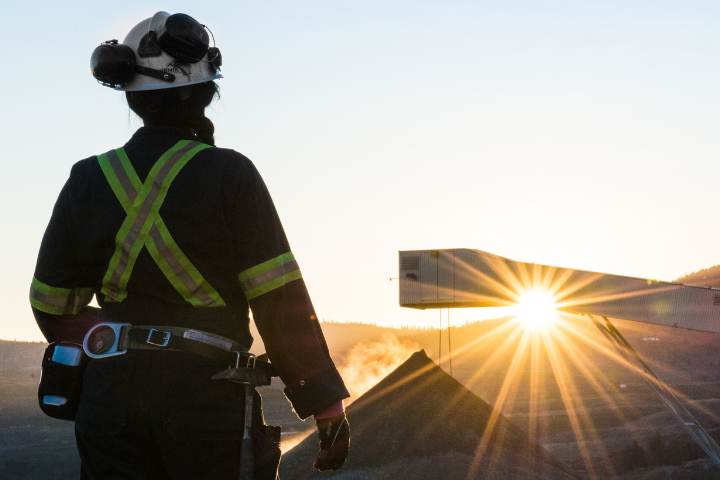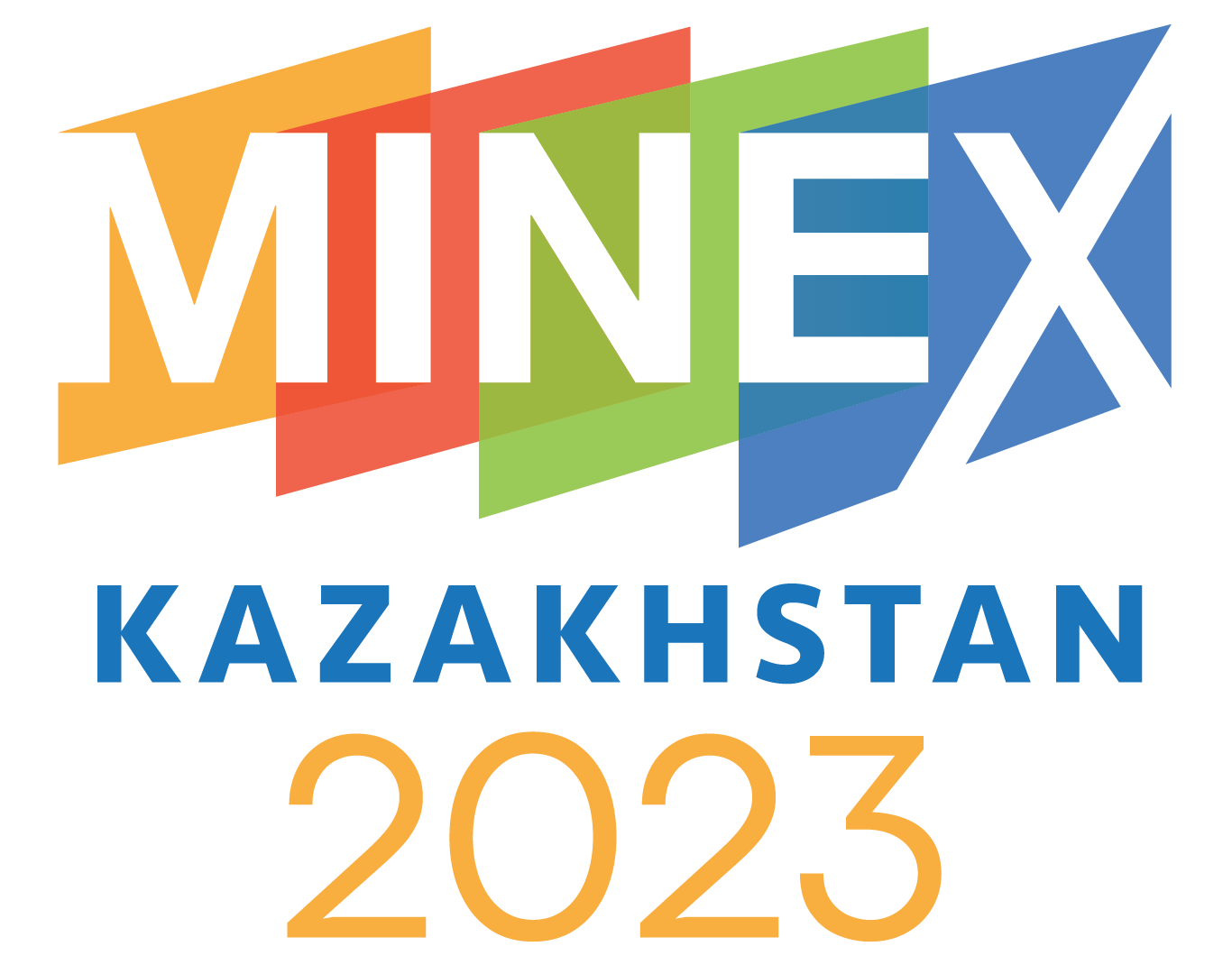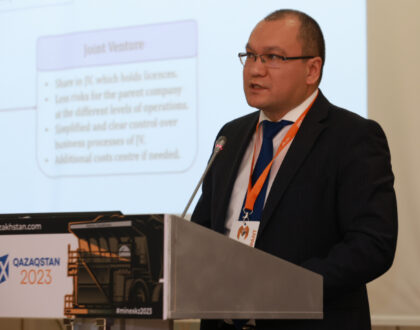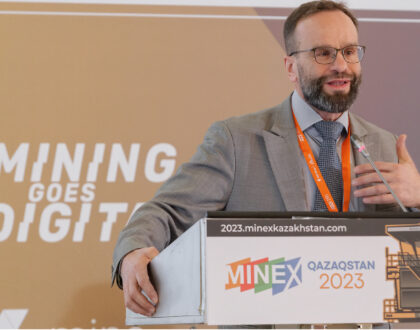Highest-paying mining industries still out of reach for women

One of the most highly paid, significant and prestigious areas of labor activity in the Republic of Kazakhstan is the mining industry. Traditionally, including due to earlier controversial laws that restricted a number of professions for women for decades, this area remained inaccessible and practically closed for Kazakhstani women. So, if in general in the Republic of Kazakhstan women make up about 52% of the total number of employees at once, then in the mining industry – less than 19%, Toppress.kz reports with reference to Energyprom.kz.
It is noteworthy that the best performance in the entire mining sector was recorded in the metal ore mining segment: here the share of women is about 22% of all industry employees. Moreover, the number of women in the segment was more than 18.2 thousand in 2022 – this is half of all women in general employed in mining.
The mining and metallurgical complex of the Republic of Kazakhstan is traditionally distinguished by positive dynamics against the background of other conventionally “non-female” industries in Kazakhstan. So, for example, the share of women in the total headcount in the metallurgy industry in 2022, according to operational data, was already almost 26%, which is even higher than in the segments of the extractive sector related to the MMC. Updated data, which will appear in the public domain later, may show even higher numbers. For comparison: in the field of oil and gas production and coal mining, the share of women is only 17% and 20%, respectively, and in their processing – 21%. But modern mining is far from “manual” mining of past centuries, it is a high-tech industry that requires employees not to have physical, but intellectual skills, education and knowledge in the field of physics, computer technology, control of “smart” equipment, and the like. In this, women in Kazakhstan have never been inferior to men.
It is indicative that the leading companies of the Mining and Metallurgical Complex of the Republic of Kazakhstan regularly bring the women’s issue into the public discourse. So, for example, at the annual National Mining and Metallurgical Industry Competition “Golden Hephaestus”, which is held within the framework of the Astana Mining & Metallurgy (AMM) congress, the nomination “Women in the MMC” has been operating for two years now. The general partner of the event is ERG (Eurasian Group). It is in ERG, by the way, that gender equality is part of the group’s corporate strategy for sustainable development in accordance with the principles of ESG (Environmental, Social, and Corporate Governance).
In particular, ERG employs 16.2 thousand women, which is 26.2% of the group’s employees, that is, more than the industry average in Kazakhstan, and above the global mining industry average estimated by McKinsey & Company in 2021 year at 8%–17%. Of these, 38% are managers, specialists and employees, 62% are workers. Key performance indicators at the group level take into account the proportion of women in leadership positions. 38% of women working in ERG have higher education, 42% – technical and professional, 20% – secondary education.
The Group adheres to the same principles in all regions of presence. Thus, the Brazilian project ERG BAMIN actively participates in the Women in Mining in Brazil initiative aimed at the comprehensive promotion of gender inclusiveness in this sector (training, employment, etc.). In the meantime, the group’s plant in the Democratic Republic of the Congo, Metalkol RTR, is running a pilot apprenticeship program for local apprentices, half of whom are women.
Equity and diversity are also part of the principles of sustainable development of the copper giant of the mining and metallurgical complex of the Republic of Kazakhstan, the KAZ Minerals group. The group at the level of official procedures has developed all the necessary tools to eliminate cases of discrimination based on gender (as well as age, race, nationality, ethnic origin, marital status, religion, language, political opinion, sexual orientation, pregnancy, motherhood, fatherhood or disability ). Any reports of discrimination or harassment are investigated.
The proportion of women among the employees of KAZ Minerals is 21% – in fact, at the senior management level, women already make up 26%. The Group is working to increase the proportion of female employees at all levels, and provides up to three years of parental leave for both mothers and fathers, as well as refresher training for workers returning from such leave.
Moreover, from the very beginning, KAZ Minerals actively supported a long-term campaign to remove restrictions on the employment of women in the mining industry, and on October 12, 2021, the corresponding amendments were made to the Labor Code of the Republic of Kazakhstan. This action to eliminate discrimination against women became part of the Human Rights Priority Action Plan approved on June 11, 2021. After the removal of discriminatory restrictions, women in the regions where the group operates were immediately provided with opportunities for training and employment in KAZ Minerals.
Of course, there are still many unresolved problems in the MMC, as well as in Kazakhstan as a whole. Partly they are caused by many years of problems with the laws, partly they are a component of gender prejudices, as in general and everywhere in the world.
So, let’s say, we have repeatedly written about the colossal role of the mining and metallurgical complex of the Republic of Kazakhstan in the country’s economy and noted that salaries in the metal ore mining and metallurgy sector are much higher than the average for Kazakhstan and than in the industrial sector of the republic. Indeed, in 2022, according to current data, the nominal average monthly wage in the Republic of Kazakhstan amounted to 308 thousand tenge, in the industrial sector of the country – 416.2 thousand tenge, in the mining of metal ores – 479.1 thousand tenge, and in metallurgy – 467.5 thousand tenge. In 2021 (updated data are available here), the indicators were as follows: on average in the country – 250.3 thousand tenge, in industry – 327.1 thousand tenge, in the extraction of metal ores – 357.2 thousand tenge, in metallurgy – 370.9 thousand tenge.
At the same time, in the same 2021, women in the metal ore mining segment received an average of 293.3 thousand tenge, and men – 373.9 thousand tenge. In metallurgy, women’s salaries averaged 304.8 thousand tenge, men’s – 391.9 thousand tenge. That is, despite the fact that in the mining and metallurgical complex of the Republic of Kazakhstan women receive noticeably more than the average in the republic (in 2021 – only 220.2 thousand tenge, against 281.2 thousand tenge for men), the gender wage gap remains tangible , although the largest companies in the sector operating under the ESG are making sure that this situation is not allowed for them.
Kazakhstan has something to strive for. So, say, in 2022, according to the World Economic Forum, in the ranking of countries in terms of gender equality, our republic took only 65th place among 146 participating countries. However, for the Republic of Kazakhstan, this is progress after a long rollback: in 2021, the republic ranked only 80th among 156 participating countries.
Recall that the issue of gender equality is one of the UN Sustainable Development Goals (SDG No. 5), and Kazakhstan must strive to achieve this goal within the framework of its obligations assumed at the international level.



